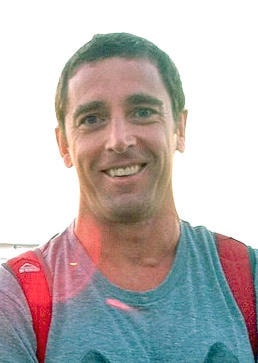The Seniors Health Network each month poses a question to health-care professionals. This month, Peace Arch Hospital radiologist, Dr. Joe Coyle, was asked:
“I’m 82 my husband, who is the same age, has been told he needs a CT. Our neighbour had similar symptoms but he was ordered an MRI. Which test is better? How do you know which one you should have? Why wouldn’t he be having an ultrasound? That’s what I had.”
There are several types of imaging tests we can use when trying to figure out what is wrong with someone. The most common and simple tool is X-ray.
Ultrasound, CT and MRI are also used and are more specialized.
These tests are all quite different. They assess for different things, work differently and are often complementary to one another. It is not uncommon for one test to be performed in conjunction with another to try to get to the bottom of a problem. If the test you have is not the same as one your neighbour had, don’t worry! Each person is unique and each set of symptoms is different, no matter how similar they may sound. Your doctor will always try to request the best test for you.
The type of test deemed most suitable will generally depend on your symptoms and what your doctor thinks is wrong. Once your doctor has examined you, he/she can decide what the best test is to request.
X-rays are usually the first tool, as they use little radiation, are easy to perform and can provide a good idea of what is going on with your bones, joints and lungs. Fractures are usually picked up on X-ray, as a pneumonia would be on a chest X-ray.
When X-ray is not useful, or when further information is needed, then other methods of imaging might be used.
A CT scan uses multiple X-rays at different angles to produce a 3-D image. CT is a very quick and detailed test and is routinely performed in hospitals these days. A CT scan can look at abdominal organs, lungs, brains and bones, but is less useful for soft tissues such as muscles, ligaments or discs in your back.
An MRI scanner uses magnets to produce a 3-D image. It usually takes at least 30 minutes and is excellent at looking at soft tissues such as those troublesome discs in your back, your brain or the cruciate ligaments in your knee.
Due to the effects of the strong magnetic field in the scanner, Some patients cannot have an MRI – for example, if the patient has a metal implant such as a pacemaker.
Approximately 10 per cent of patients cannot tolerate an MRI scan due to claustrophobia.
Ultrasounds are usually used on children and pregnant women, but can be useful in looking at the abdominal organs such as the gallbladder for gallstones, as well as the kidneys.
Your physician will decide which exam is most appropriate to order depending on what he or she thinks is wrong.
If a CT or an MRI is requested, a radiologist (a doctor who has specialized in imaging tests will determine the best exam for you and the priority of the exam. The sickest patients tend to get priority!
We can usually find the cause for most symptoms using one or a few or the many imaging tests available to us.
The South Surrey White Rock Seniors Health Network is a coalition of seniors service providers working under the auspices of the Mayor of White Rock’s office. For information on resources, visit sswr.fetchbc.ca. If you have a question for publication, please email seniorshealthnetworksswr@gmail.com
